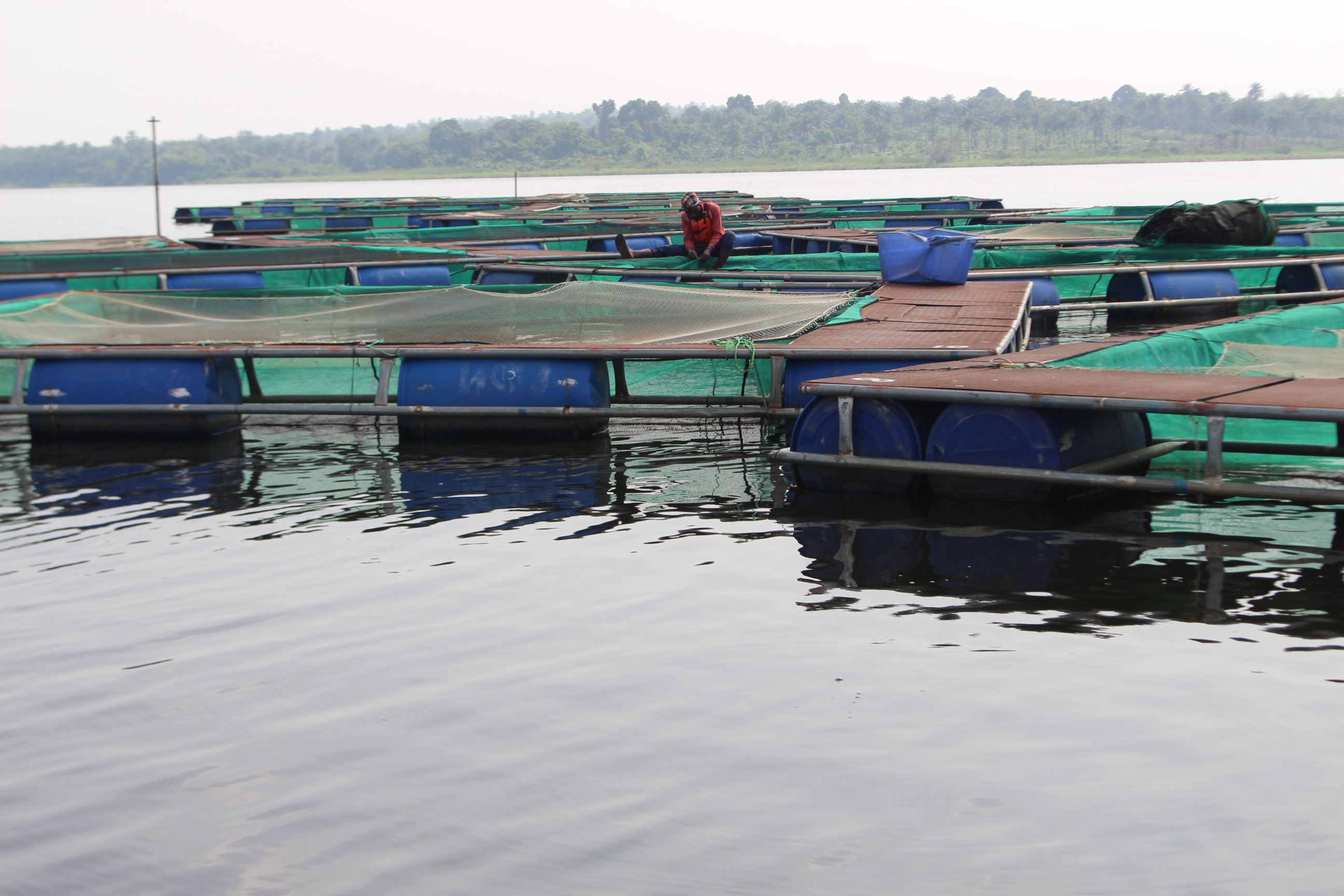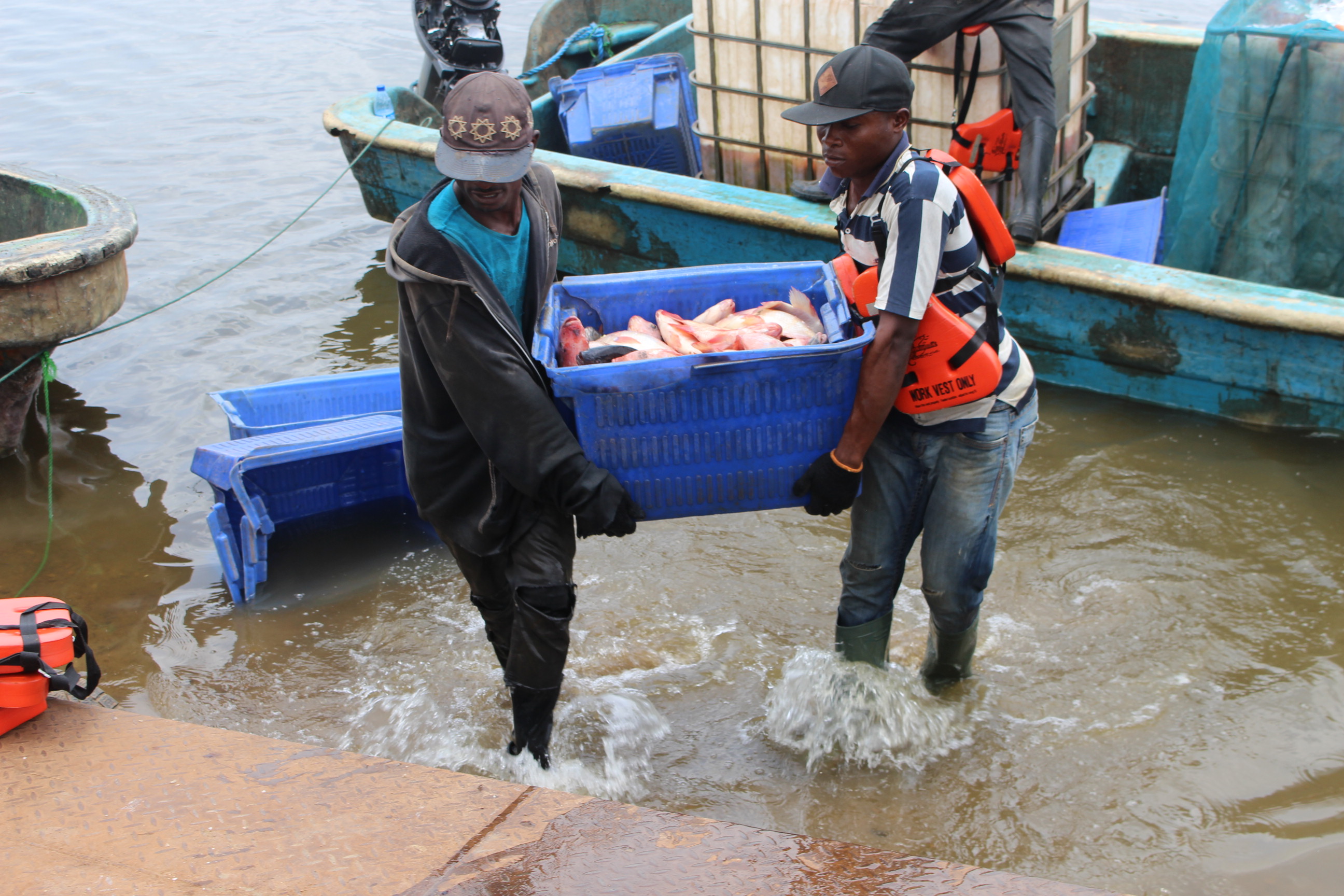Understanding the Relationship Between Agribusiness and Aquaculture

Agribusiness encompasses a vast array of economic activities connected to food production from plants and animals. Within this broad sector, aquaculture, or aqua-business, is a specialized subset focusing on the production of food in aquatic environments. This relationship underscores the interconnected nature of various food production systems and the unique opportunities that aquatic environments present for sustainable food production.
Aquaculture, as a component of agribusiness, is crucial for diversifying food sources and enhancing food security. While traditional agribusiness activities like crop cultivation and livestock farming are land-based, aquaculture leverages water resources to produce fish, shellfish, and aquatic plants, thereby expanding the scope of food production.
What is Aquaculture?
Aquaculture involves the farming of aquatic organisms, including fish, molluscs, crustaceans, and some aquatic plants. This practice encompasses the cultivation of these organisms in controlled aquatic environments for commercial, recreational, and public purposes. It can be conducted in various settings, including freshwater, brackish water, and marine environments. Fish culture, a form of aquaculture, is particularly prevalent in many regions, including Nigeria, where it plays a vital role in meeting the protein needs of the population.
The essence of aquaculture lies in its ability to create controlled environments where aquatic organisms can thrive. This includes managing water quality, providing appropriate feed, and protecting the organisms from diseases and predators. By replicating natural conditions and enhancing them through technological interventions, aquaculture ensures a steady and reliable supply of aquatic food products.

Aquaculture in Nigeria vs. Global Practices
Globally, aquaculture is practiced in diverse environments, ranging from marine (oceans and seas) to brackish water (lagoons) and freshwater (rivers, lakes, streams, and man-made ponds). Each environment offers unique advantages and challenges for the cultivation of different species.
In Nigeria, fish supplies originate from both local production and imports. Local production derives from three main sectors:
– Artisanal Fishing: This involves small-scale, traditional fishing practices carried out in coastal and inland waters. Artisanal fishers use simple tools and techniques to catch fish in rivers, lakes, dams, and brackish waters.
– Fish Farming: Conducted in ponds and tanks, fish farming involves raising fish in controlled environments where factors such as water quality, feeding, and breeding are managed to optimize production.
– Industrial Marine Fishing: This sector involves large-scale fishing operations conducted in marine environments using advanced fishing vessels and technology to harvest fish from the oceans.
Comparatively, Nigeria’s aquaculture practices are still developing, but they hold significant potential given the country’s abundant water resources and favorable climatic conditions. The global aquaculture industry offers valuable insights and technologies that Nigeria can adopt to enhance its aquaculture practices and boost productivity.
Economic Importance of Aquaculture
Aquaculture has been identified as the world’s fastest-growing food production sector for nearly two decades. According to the Food and Agriculture Organization (FAO), Nigeria’s aquaculture industry has demonstrated an impressive average growth rate of 11.0% per year since the 1990s, compared to 3.1% for terrestrial farm animal meat production. This growth underscores the sector’s potential to contribute significantly to food security and economic development.
The benefits of aquaculture are manifold:
– Increased Food Production: Aquaculture can significantly augment the supply of protein-rich food, helping to meet the dietary needs of a growing population.
– Economic Growth: By fostering the development of small and large-scale aquaculture enterprises, the sector can stimulate economic growth, particularly in coastal and rural areas where alternative employment opportunities may be limited.
– Environmental Benefits: Aquaculture can help maintain clean waterways by promoting practices that reduce pollution and enhance water quality. For instance, integrated aquaculture systems can recycle nutrients and minimize waste.
Nigeria’s Fish Demand and Production Gap
Fish constitutes about 41% of the total animal protein intake by the average Nigerian, highlighting the substantial demand for fish in the country. Nigeria requires approximately 2.66 million metric tons of fish annually to satisfy the dietary requirements of its citizens, yet the total aggregate domestic fish supply from all sources (capture and culture fisheries) is around 0.7 million metric tons per annum. This shortfall necessitates the importation of about 2 million metric tons of fish, valued at around $1 billion annually, making Nigeria the largest importer of frozen fish in Africa.
This significant import dependence underscores a critical gap in domestic fish production that presents a substantial business opportunity. Developing the aquaculture sector to meet this latent demand could reduce import costs, create jobs, and enhance food security. Intensive aquaculture, involving high-density fish farming with optimal resource use, is recommended as the most effective approach to bridge the production gap.
Aquaculture Value Chain
The aquaculture value chain comprises various levels, each playing a crucial role in the production and distribution of aquatic food products:
– Input: This includes broodstock (mature fish used for breeding), fingerlings (young fish), feeds, and equipment. High-quality inputs are essential for successful aquaculture operations.
– Production: Activities in this category involve fish fingerling hatcheries, fish production farms, fish feed production, and fish farm supplies. Efficient production processes ensure the sustainability and profitability of aquaculture enterprises.
– Processing: Fish processing involves several steps, including filleting, drying, gutting, scaling and deboning, smoking, and producing fish paste and oil. Processing adds value to raw fish products, making them more marketable and extending their shelf life.
– Ancillary Businesses: These include storage, packaging, warehousing, marketing, haulage, distribution, and export-related activities. Ancillary businesses support the main production processes and ensure that fish products reach consumers efficiently.
Key Stakeholders in Aquaculture
The aquaculture industry involves a diverse group of stakeholders, each contributing to the sector’s development and sustainability:
– Private Sector: Input suppliers, farmers, and NGOs play critical roles in providing resources, expertise, and support for aquaculture operations.
– Marketers and Transporters: These stakeholders are essential for getting aquaculture products from producers to consumers, ensuring efficient distribution and access to markets.
– Research Institutes and Universities: These institutions conduct research and provide education and training to advance aquaculture technologies and practices.
– Financing Institutions: Access to finance is crucial for establishing and expanding aquaculture businesses. Financial institutions provide loans, grants, and investment opportunities to support the sector.
– Market Movers and Players: These include businesses and individuals involved in the wholesale and retail distribution of aquaculture products.
Leveraging Aquaculture Opportunities
Nigerian investors can capitalize on the opportunities in aquaculture by:
– Understanding Value Chains: Investors must recognize the various segments within the aquaculture value chain and identify where they can add value.
– Product Development: Developing diverse products along the value chain, such as high-quality fingerlings, specialized feeds, and processed fish products, can enhance market competitiveness.
– Technical Expertise: Building capacity in technical know-how is essential for efficient and sustainable aquaculture practices.
– Market Linkages: Establishing mechanisms to connect producers with consumers ensures a steady demand for aquaculture products.
– Local and Export Markets: Serving the massive local market and exploring export opportunities can generate substantial revenue and foreign exchange.
Government’s Role in Boosting Aquaculture Investment
For aquaculture to thrive, the government must create an enabling environment through:
– Infrastructure Development: Investing in infrastructure, such as roads, electricity, and water supply, is vital for supporting aquaculture operations.
– Security: Ensuring the safety of aquaculture farms and their workers is crucial for sustained productivity.
– Power Supply: Reliable power supply is necessary for running equipment, maintaining water quality, and processing fish products.
– Tax Incentives: Offering tax holidays and other incentives can attract investment into the aquaculture sector.
– Quality Standards: Establishing and enforcing quality standards ensures that aquaculture products meet market requirements and maintain consumer confidence.
– Small-scale Farmer Support: Creating policies and programs that support small-scale fish farmers can enhance their participation in the value chain.
– Access to Finance: Facilitating easier access to credit and investment can help aquaculture businesses grow and expand.
– Human Resource Development: Promoting education and training programs can develop a skilled workforce for the aquaculture industry.
Conclusion
Aquaculture holds significant potential for Nigeria’s economy, but realizing this potential requires coordinated efforts from both the private and public sectors. Key steps include:
– Data Collection: Government and NGOs should initiate baseline studies to gather accurate data on aquaculture resources and value chain activities.
– Broodstock Bank Development: High-quality fish fingerlings are critical for successful aquaculture operations. Establishing broodstock banks can ensure a reliable supply of quality fingerlings.
– Post-Harvest Handling: Improving post-harvest handling techniques and cold chain infrastructure can reduce losses and enhance product quality.
– Cluster Formation: Mobilizing and forming producer groups within the aquaculture value chain can enhance collaboration, resource sharing, and market access.
The overarching goal is to develop and promote business models across agricultural value chains through accurate information sharing, ensuring that aquaculture can thrive and contribute to Nigeria’s food security and economic prosperity. By addressing these challenges and leveraging the opportunities in aquaculture, Nigeria can transform its fisheries sector and achieve sustainable growth.

